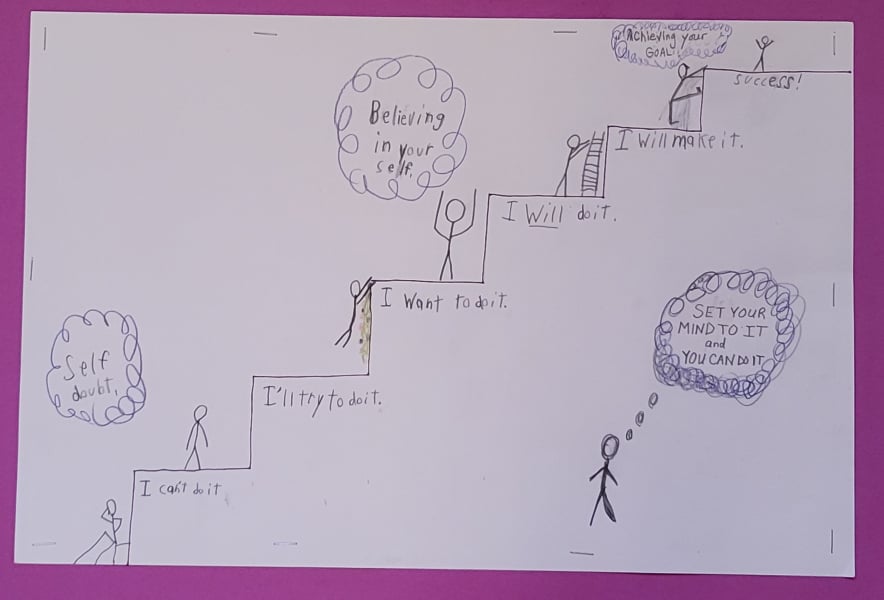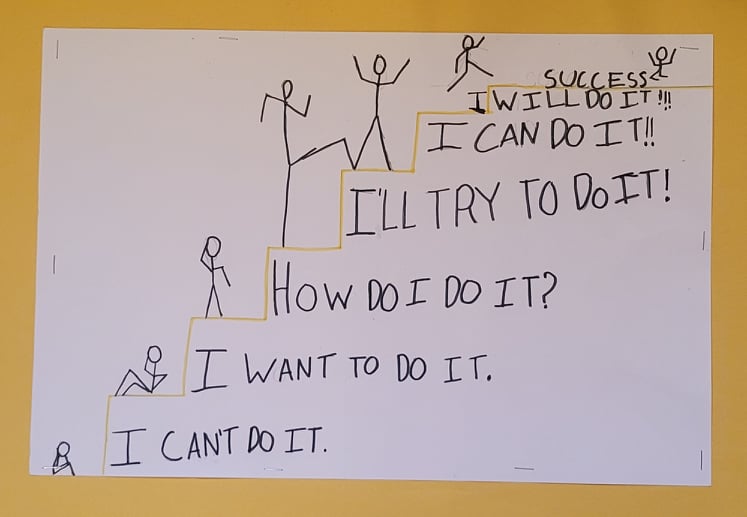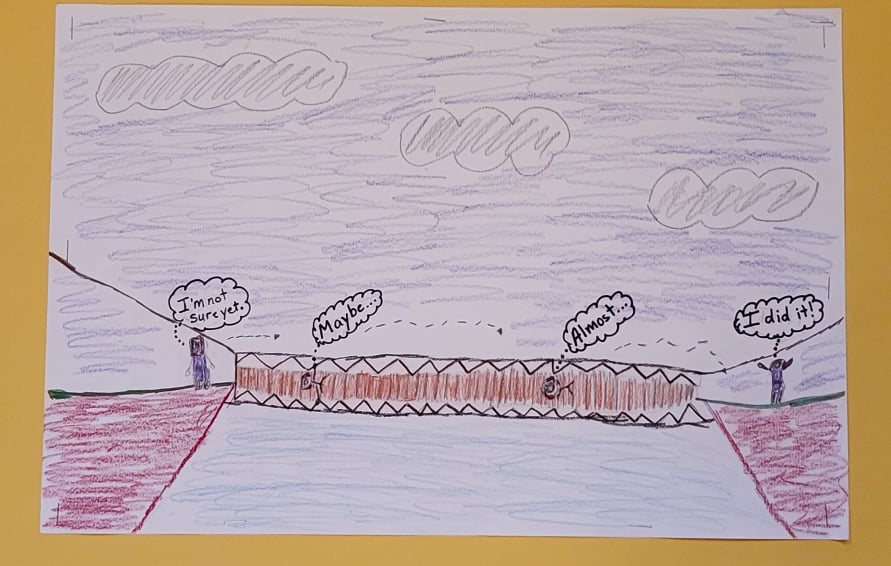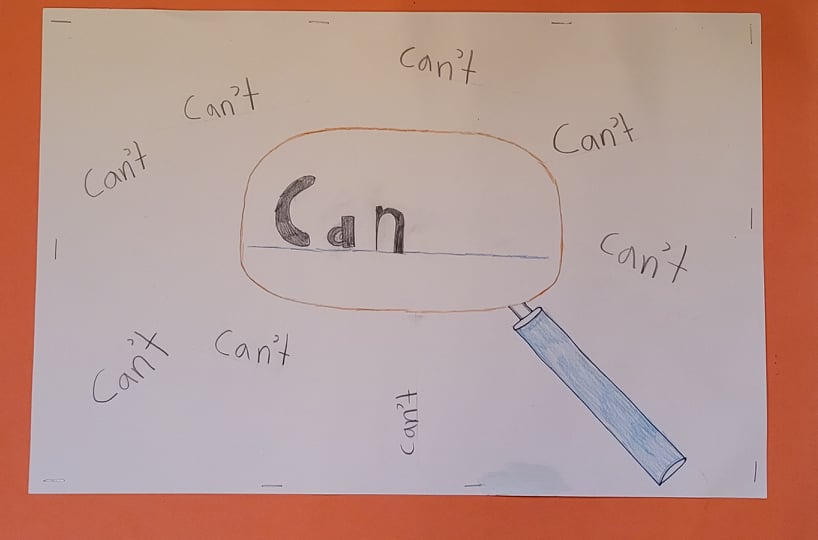Over the course of my career, I have observed the wide variety of background experiences that students bring to school and how those experiences impact learning. The more confident and savvy learners tend to get the lions’ share of the time, resources, and attention; these same students tend to be from stable homes rarely impacted by poverty and trauma. In my class, every student has a voice, but how do I ensure that they are equally heard and heeded?
Teachers all over the United States are struggling to create and implement working definitions for concepts such as equity, equality, motivation, self-esteem, and self-efficacy. Participating in Fund For Teachers’ Innovation Circle on equity and collaborating with my “fellow” Fellows to elevate every students’ voice brought these definitions sharply into focus for me.
I used my Innovation Circle grant to attend the International Baccalaureate workshop on Social Emotional Learning, which incorporated global perspectives, international mindedness, and equity mindsets. During the two virtual summer seminars, I had an aha moment – the more reticent students didn’t lack the materials or time they needed to successfully complete a 5th Grade Exhibition project, but the confidence that they COULD.
After this fellowship, I now understand that one of the greatest factors in helping students achieve equity is helping them develop self-efficacy.
Students from poverty, trauma, and troubled backgrounds often lack the self-efficacy (the belief that they can do a task) to be successful in school, and, by extension, in life. Parent contacts confirmed this and student surveys bore it out. Therefore, I am now focusing more on the development of student self-efficacy in the process of teaching. I have a new perspective on the balance of process and product, and intensive efforts devoted to building student self-efficacy is transforming a once-difficult class into a one filled with successful, positive, motivated students. (see their work below)
A few takeaways from my seminars and group work with Fellows:
- “Equity is the provision of personalized resources needed for all individuals to reach common goals: the goals and expectations are the same for all students, but the supports needed to achieve those goals depends on the students’ needs” (Latta, 2019). The supports typically consist of providing students with materials, supplies, time, personnel, and opportunities, all of which are indeed important for students to succeed.
- Inequity in education has been traditionally associated with groups of students who have suffered from discrimination due to their race, ethnicity, nationality, language, religion, class, gender, or disability. I contend that the true inequity lies in a student’s belief in self, based on the experiences and treatment s/he has received. Without belief in self, no amount of materials, supplies, time, personnel, or opportunities can assure success.
- True equity, that which resides in the heart, requires intangible, elusive, but very real self-efficacy. Self-efficacy is an individual’s belief in his/her capacity to execute behaviors necessary to produce specific performance attainments (Bandura, 1997). Self-efficacy reflects an individual’s confidence in his/her ability to exert control over his/her own motivation, behavior, and social environment. All human experiences – the goals people strive for, the amount of time and energy that is expanded towards meeting the goals, and the likelihood of attaining certain levels of behavioral performance – are all rooted in self-efficacy.
- Self-efficacy focuses on “doing” and self-esteem focuses on “being.” Self-efficacy is the belief that one is able to do and self-esteem is a general feeling of one’s worth as a human being. The self-system is comprised of all of these elements, which manifest themselves in attitudes, abilities, and cognitive skills. The self-system also plays a major role in how people perceive situations and how they behave in response to different situations (Bandura, 1977).
- Equity in education must include developing self-efficacy in all students. It does not matter how much “stuff” or time or opportunity a student has. If s/he does not believe in his/her capacity to execute the necessary behaviors, success will always be out of reach.
The good news is that self-efficacy can be nurtured in four ways:
-
- Experiencing mastery experiences;
- Witnessing other people successfully completing a task;
- Being persuaded through positive verbal encouragement; and
- Developing psychological responses by learning how to minimize stress and elevate mood when facing difficult or challenging tasks.
More good news: 94% of my fifth graders are participating in Exhibition, compared with 75% in past years. The IB Fifth Grade Exhibition is scheduled for May 19. We started work on September 2, and we will continue to move forward with Exhibition projects with the 32 kids who are participating. Self-efficacy work is woven into the process, and also with the two students who chose not to participate in Exhibition. The equity portion is having them BELIEVE that they can do it, so that they WILL do it.
Caroline Belden, author and social justice advocate, explains it this way, “Equality is leaving the door open for anyone who has the means to approach it. Equity is ensuring there is a pathway to the door for those who need it.”
As teachers, we have the power to create that pathway for our students. Teachers want all of our students to succeed, to become productive citizens, and to become lifelong learners. Equity in the classroom, developed through self-efficacy, will help all students to succeed.
[minti_divider style=”3″ icon=”” margin=”20px 0px 20px 0px”]
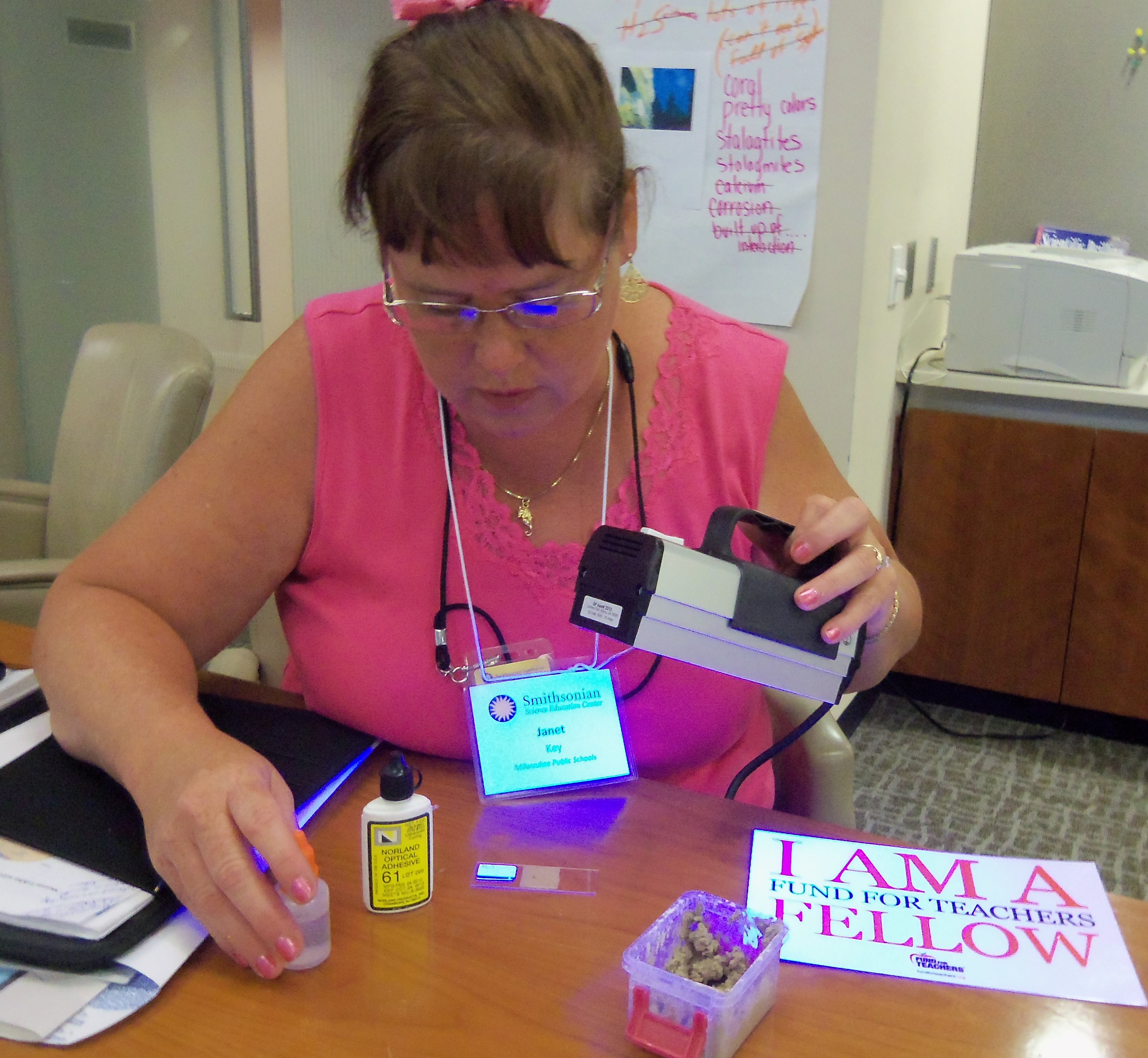 Janet Key is a three-time FFT Fellow: In 2011, she attended the Clarice Smith National Teacher Institute at the Smithsonian American Art Museum in Washington, DC; in 2014, she returned to Washington to participate in the Smithsonian Science Education Academy for Physical Sciences (pictured); and in 2021, she received an Innovation Circle Grant to virtually attend the three-day International Baccalaureate conference titled “Your Exhibition” to develop fifth graders research and presentation strategies on a transdisciplinary theme, a required component of the IB Primary Years Programme. Janet is a proud Milwaukee Public Schools teacher since 1985, and retirement is on a distant horizon. She currently teaches at Lowell International Elementary School, in kindergarten through fifth grade classrooms.
Janet Key is a three-time FFT Fellow: In 2011, she attended the Clarice Smith National Teacher Institute at the Smithsonian American Art Museum in Washington, DC; in 2014, she returned to Washington to participate in the Smithsonian Science Education Academy for Physical Sciences (pictured); and in 2021, she received an Innovation Circle Grant to virtually attend the three-day International Baccalaureate conference titled “Your Exhibition” to develop fifth graders research and presentation strategies on a transdisciplinary theme, a required component of the IB Primary Years Programme. Janet is a proud Milwaukee Public Schools teacher since 1985, and retirement is on a distant horizon. She currently teaches at Lowell International Elementary School, in kindergarten through fifth grade classrooms.
